Confederate Flag Protest: 6 Flags with Heated Histories
The fate of the Confederate flag continues to be a hot topic, initially spurred by the racially charged killing in South Carolina on June 17. South Carolina Gov. Nikki Haley called for the removal of the Confederate flag from state capitol grounds on Monday, June 22. Big retailers like Walmart, Sears, eBay, Amazon, Etsy and Google Shopping no longer sell Confederate flags or items bearing the flag in the companies' physical or virtual stores.
Furthermore, NASCAR superstar Dale Earnhardt Jr., like his deceased father, opposes the Confederate flag, and take issue with its prominent display at NASCAR events, as reported in a Yahoo Sports article.
The Confederate flag isn't alone in its controversy. Nations as diverse as Japan, Iran and Macedonia have also raised flags with debatable meanings. Here, we list six controversial flags with some surprising histories:
1. The Confederate flag
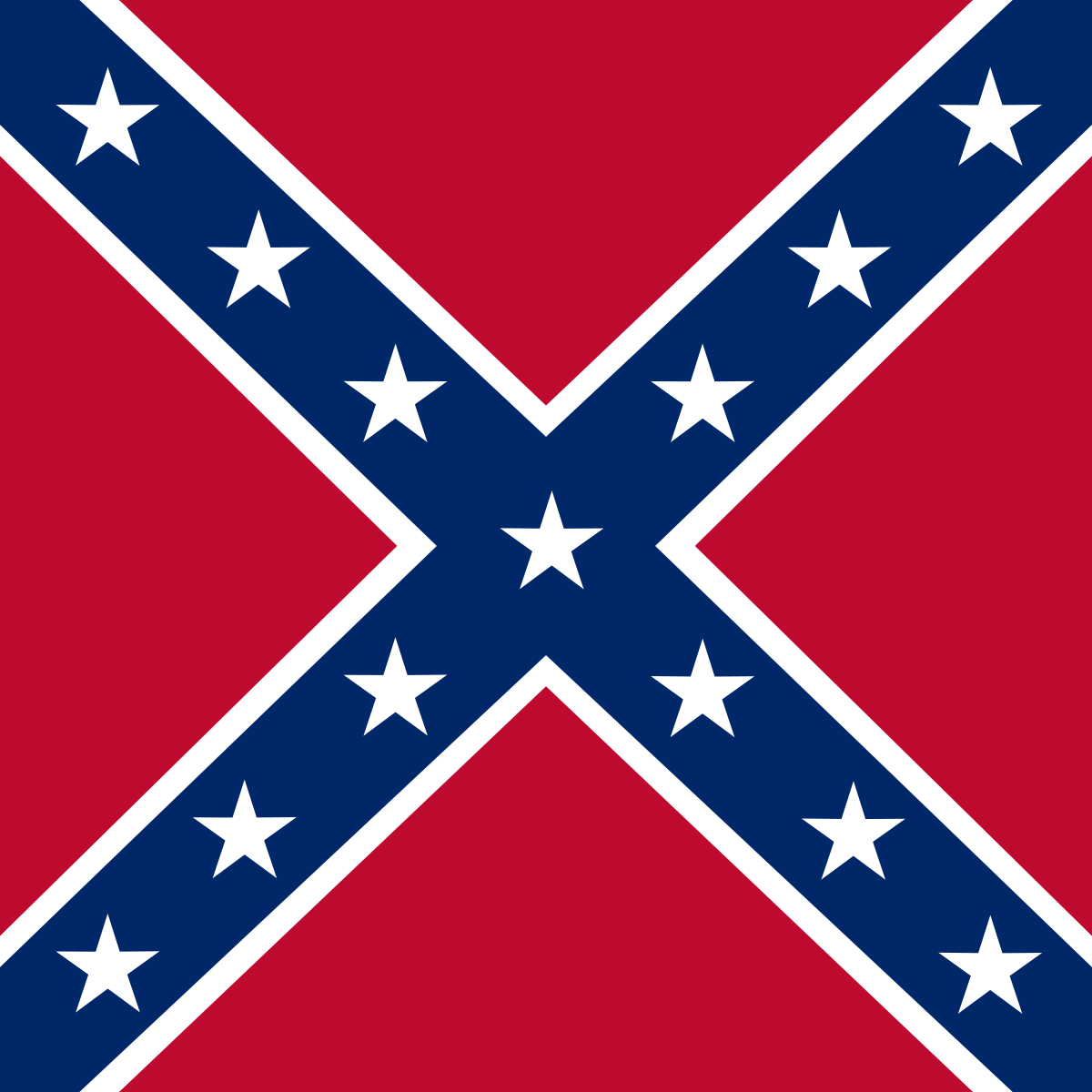
The Confederate flag, or the "Stars and Bars," was not the original flag of the Confederate States of America. Instead, the flag was the battle flag of General Robert Lee's Army of Northern Virginia, according to an article on NPR.
After the Civil War ended, the flag was revered as a source of Southern pride and heritage, and as a tribute to deceased Confederate soldiers. However, as the nation faced severe racism and segregation issues, the Confederate flag was adopted by the Ku Klux Klan among other white supremacists groups and often used to terrorize African Americans.[Busted: 6 Civil War Myths]
The flag has remained a symbol for many white supremacist groups. The alleged Charleston shooter, Dylann Storm Roof, was photographed holding the Confederate flag in photographs on his website. The controversy over the flag dwells in the disagreement between those who see it as a symbol of Southern pride and those who see it as an emblem of racism.
Sign up for the Live Science daily newsletter now
Get the world’s most fascinating discoveries delivered straight to your inbox.
2. The Sun of Vergina flag
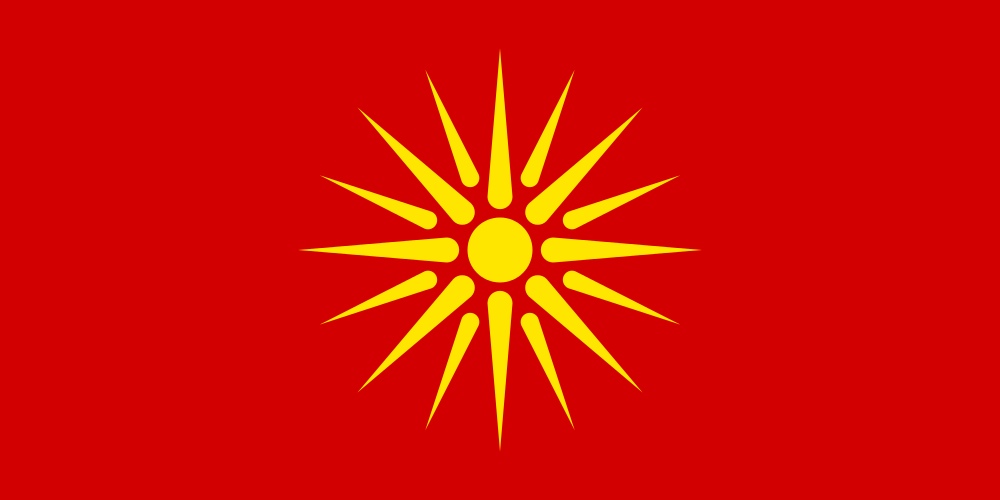
The flag of the Republic of Macedonia, a landlocked country in southeast Europe, irked Greeks who considered its sunlike symbol their own, saying the Macedonians had stolen the symbol.
Called the Sun of Vergina flag, it displayed a "Vergina sun" with 16 pointy rays against a vibrant red background. Designed to replace the communist "red star" flag of the country (then known as the Socialist Republic of Macedonia), the Sun of Vergina flag flew for just three years, from 1992 to 1995.
"The Greek government, with the support of Greeks throughout the world, expressed outrage at what it considered to be the misappropriation of a symbol of Macedonian Hellenism by a group of Slavs," Loring Danforth wrote in the book, "A Companion to Ancient Macedonia" (Blackwell Publishing, 2010). [10 Historically Significant Political Protests]
A spokesman for the Greek Foreign Ministry called it "the outright theft of a Greek historical symbol," and a Greek newspaper in Melbourne, Australia, wrote that "the government of Skopje [the capital of Macedonia] has rudely insulted Greek history and the political inheritance of Macedonian Hellenism by selecting as its national flag the well-known 16-ray sun of Vergina," according to the book.
Greece continued its fight to force the Republic of Macedonia to relinquish the star from its flag by designating the star of Vergina an official symbol of Greece in 1993, and imposing an economic blockade on Macedonia. The Macedonian government abandoned the star upon signing the Interim Accord with Greece in 1995, adopting a new flag of a stylized golden sun with eight gold rays reaching toward the edges of the flag from a circle in the center.
3. The Flag of New Zealand
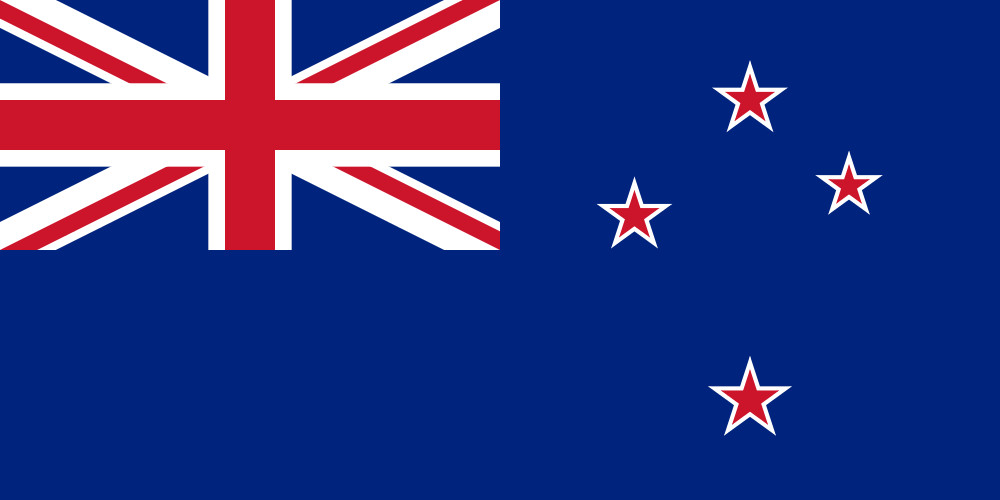
The current flag of New Zealand may look completely different as early as next March.
The NZFlag.com Trust is leading the effort for a referendum to replace the flag that has represented the country since 1902. The nonprofit trust — established in 2003 to encourage New Zealanders to change the flag — lists eight reasons for the effort, as posted on NZFlag.com.
"The current Union Jack-based flag does not resonate with New Zealanders," because the flag hosts a smaller version of Britain's flag (the Union Jack), and is therefore rarely flown, the group states on its website. "The New Zealand flag needs to have emotional and symbolic potency in order for it to be embraced and used by New Zealanders," the list continues.
The trust also wants the flag to be more distinguished from Australia's flag, which also has a Union Jack in the upper left corner. Instead of the flag's current design, the trust suggests depicting the silver fern, which is a distinctly New Zealand symbol; it has been the symbol of New Zealand's national rugby team since the 1880s and now graces the uniforms of all professional athletes in New Zealand. "A silver fern-based flag blends our past, our present and our future into one emotional symbol," the trust's website states.
On May 5, 2015, the New Zealand government asked New Zealanders to submit flag designs to be considered for a replacement flag. The deadline for entries is July 16. A short list of four different designs will be chosen in September 2015.
4. Pre-Islamic Revolution flag

The Pre-Islamic Revolution flag is often waved by Iranian dissidents who oppose the current Islamic regime. During a friendly soccer match in Stockholm, Sweden, in April protestors carried the Pre-Islamic Revolution flag, which many Iranian dissidents consider their national flag, to oppose repression in Iran, an Iranian protestor told Swedish TV, the National Council of Resistance of Iran reported.
The Iranian flag adopted a rectangular shape during the Qajar dynasty (1785 to 1925), depicting a lion wielding a sword and standing in front of a sun. The banner persisted as the official flag, with a tri-colored background of green on top, white in the middle and then red on the bottom, until 1979, at the end of the Pahlavi dynasty. During the latter decades of that dynasty, the flag was often flown without the lion, sun and sword emblem — showing only the three horizontal strips of color.
The Islamic Republic, which began in 1979, officially removed the lion, sun and sword emblem and replaced it with a calligraphic Arabic word that can be read as "Allah" (God) or "La Ilaha Illallah," meaning "there is no God but one almighty God." The phrase "Allaho Akbar" (God is the greatest) repeats in white calligraphy along the borders of the white block in the center of the flag.
The lion-emblem flag also reappeared at U.S. rallies against the re-election of President Mahmoud Ahmadinejad. Those who supported Iran's rulers under the Pahlavi dynasty wave the older flag at demonstrations, while younger protestors often wish they didn't, according to an article in the Los Angeles Times.
5. Japan's Rising Sun flag
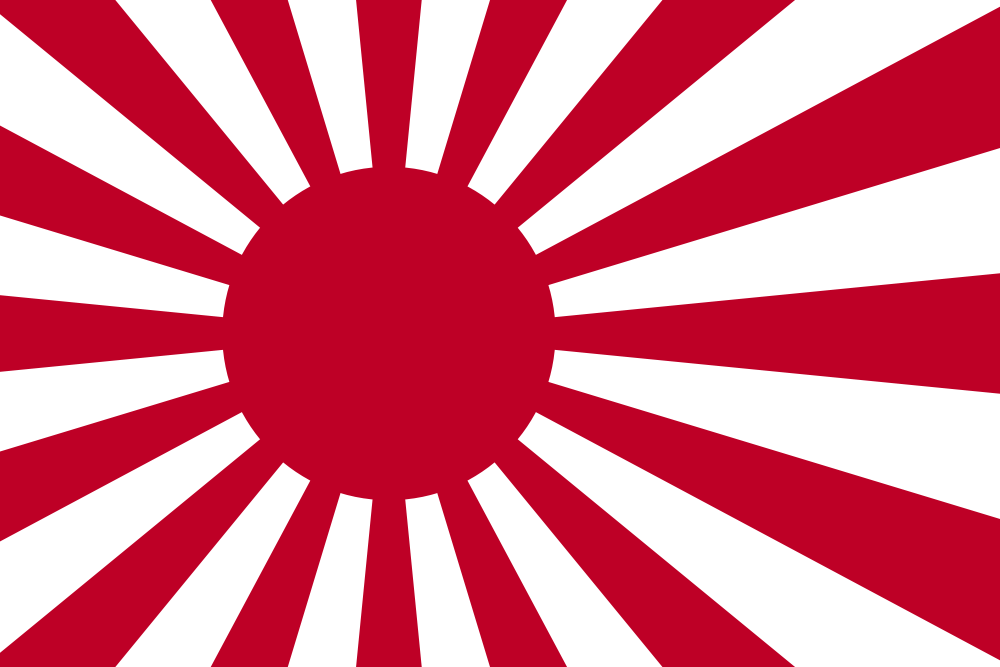
The Rising Sun flag was the symbol of the Japanese Empire from the late 19th century to the early 20th century. It depicts a red circle representing the sun in the center with 16 rays emanating outward. It was the flag of the Imperial Japanese Navy, which was active from 1868 to 1945, and is now the symbol of the Japanese Maritime Self-Defense Forces, which is the current name of the country's navy. Because it was flown as a war flag during World War II, the banner's present-day use is controversial.
Japanese fans at the Beijing Olympics in 2008 were asked not to fly their country's rising sun flag, to avoid backlash from the Chinese hosts. "The flag is seen by many as a symbol of Tokyo's wartime militarism," according to a Reuters article from 2008. Koreans, as well, often consider the flag a symbol of Japanese imperialism.
The flag has been compared to the Nazi swastika for its use during the Rape of Nanking, among other similar acts. The Rape of Nanking was a mass murder and mass rape committed by Japanese troops against the residents of Nanking, China, over six weeks beginning in December 1937.
When Japan was defeated in World War II in August 1945, Allied occupation authorities banned the flag. However, the banner was reinstated as the flag of the Japanese Maritime Self-Defense Forces in 1954.
6. California's state flag
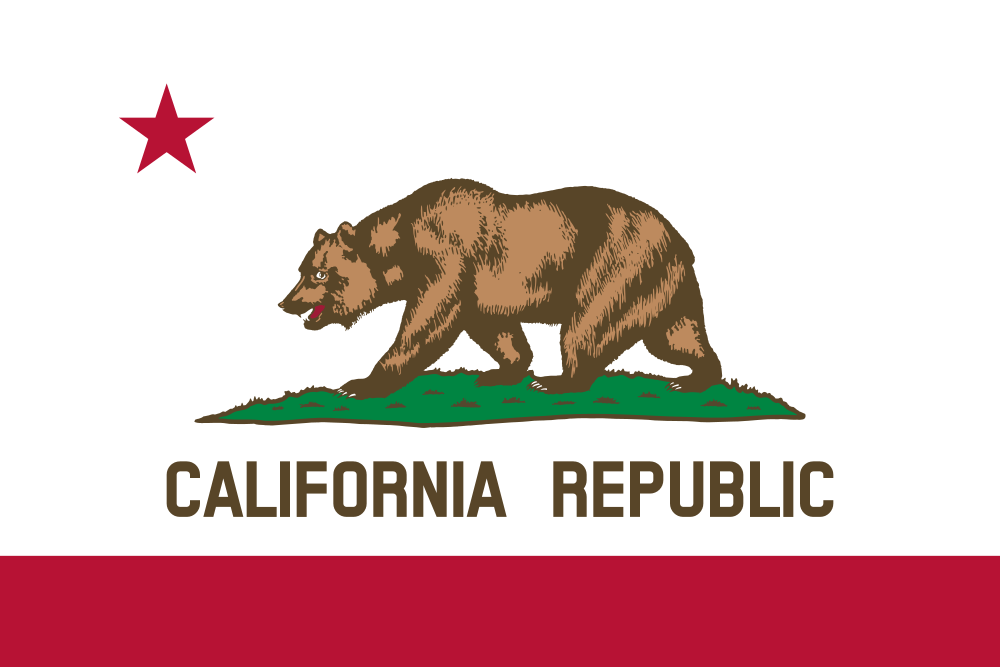
Grizzly bears can be intimidating, but the one on California's State Flag has a particularly sinister origin. It was the original flag of "a band of thieves, drunks and murderers" who flew the flag and "declared themselves in revolt from a government that had welcomed them," according to an article in the Los Angeles Times. The rebelling American settlers based in Northern California captured the city of Sonoma from the Mexican Government and formed the Republic of California. They chose to depict the grizzly bear to scar Mexican authorities. The article goes on to call the flag "a symbol of blatant illegality and racial prejudice."
This flag has its supporters, however, who claim that the representation of the grizzly bear is an environmental call to protect nature and wildlife, according to a reaction article in the Los Angeles Times. The grizzly bear has been extinct in California since the 1920s. On the flip side, people have argued to replace the extinct bear with a more successful animal, since the grizzly no longer roams California.
Elizabeth Goldbaum is on Twitter. Follow Live Science @livescience, Facebook & Google+. Original article on Live Science










